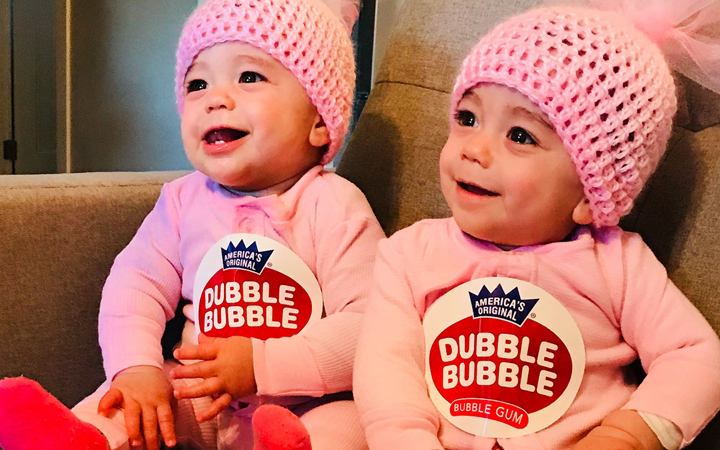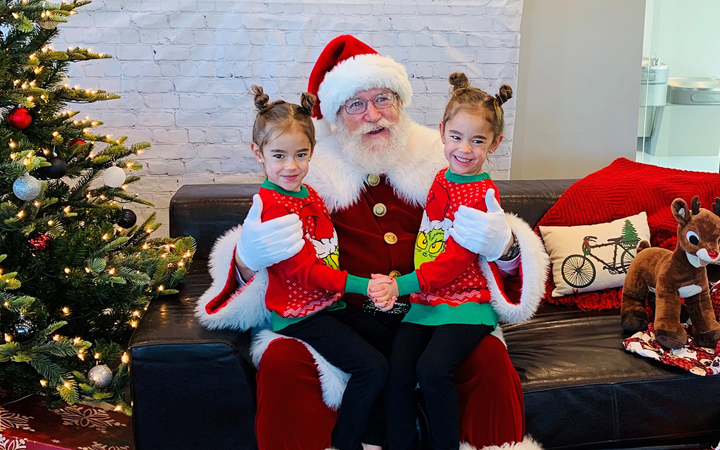- Doctors & Departments
-
Conditions & Advice
- Overview
- Conditions and Symptoms
- Symptom Checker
- Parent Resources
- The Connection Journey
- Calm A Crying Baby
- Sports Articles
- Dosage Tables
- Baby Guide
-
Your Visit
- Overview
- Prepare for Your Visit
- Your Overnight Stay
- Send a Cheer Card
- Family and Patient Resources
- Patient Cost Estimate
- Insurance and Financial Resources
- Online Bill Pay
- Medical Records
- Policies and Procedures
- We Ask Because We Care
Click to find the locations nearest youFind locations by region
See all locations -
Community
- Overview
- Addressing the Youth Mental Health Crisis
- Calendar of Events
- Child Health Advocacy
- Community Health
- Community Partners
- Corporate Relations
- Global Health
- Patient Advocacy
- Patient Stories
- Pediatric Affiliations
- Support Children’s Colorado
- Specialty Outreach Clinics
Your Support Matters
Upcoming Events
Child Life 101
Wednesday, June 12, 2024Join us to learn about the work of a child life specialist, including...
-
Research & Innovation
- Overview
- Pediatric Clinical Trials
- Q: Pediatric Health Advances
- Discoveries and Milestones
- Training and Internships
- Academic Affiliation
- Investigator Resources
- Funding Opportunities
- Center For Innovation
- Support Our Research
- Research Areas

It starts with a Q:
For the latest cutting-edge research, innovative collaborations and remarkable discoveries in child health, read stories from across all our areas of study in Q: Advances and Answers in Pediatric Health.


Conley Twins: Twin-to-Twin Transfusion Syndrome (TTTS) Survivors and Best Buddies

Tyler was sitting in the kitchen one day with his daughter, Zoey, when she proclaimed, “We’re hungry.”
He looked at Zoey, sitting alone, and asked, “Who’s we?”
Zoey was referring to her twin sister, Kenna, who wasn’t in the room. The two are nearly inseparable, dress in matching outfits and play with each other constantly. Zoey figured if she was hungry, Kenna was too.
The twins’ extremely tight bond is somewhat ironic because before they were born their close connection threatened their health and even their lives.
TTTS diagnosis
Tyler and Kendal found out eight weeks into Kendal’s pregnancy that they were having twins. They were ecstatic, but also recognized it could make the pregnancy more complicated. That quickly became reality. At a 12-week appointment, they found out their twins were identical and that there was an imbalance of fluid between the twins. There was also no membrane between them so Zoey and Kenna were sharing a placenta, which can create complications.
Kendal started having weekly ultrasounds to monitor the twins. At 16 weeks, Kendal’s stomach started to swell, and she got very lethargic and uncomfortable. She went to see her doctor and that’s when the twins were diagnosed with twin-to-twin transfusion syndrome (TTTS). TTTS is a serious condition in which twins’ blood vessels form abnormal connections that can lead to uneven blood flow and circulation. This can cause early delivery and other serious complications.
Kendal and Tyler’s lives changed quickly and moved rapidly after that moment. Their doctors referred them to our Colorado Fetal Care Center and they were here within an hour and a half. Our fetal care team assessed the babies’ and Kendal’s health and Tyler and Kendal met with all the providers who would be involved in their care. Our team answered all their questions and discussed their care options. With our team’s guidance, Kendal and Tyler decided fetoscopic laser surgery was the best option to save their twins. Our care team scheduled Kendal’s surgery for two days later.
TTTS surgery at our Colorado Fetal Care Center
The goal of fetal surgery for TTTS is to seal off the abnormal connections between twins with a laser and restore normal blood flow and circulation so they can continue developing at a healthy rate inside the womb. Accuracy and speed are of the utmost importance. The faster the surgery, the higher the twins’ survival rate and the better their health outcomes. Fortunately, Henry Galan, MD, fetal surgeon and maternal fetal medicine specialist, is one of the fastest and most accurate fetal surgeons in the country.
Dr. Galan spent many hours planning the surgery and mapping the connections he would close — and only a few minutes closing those connections during surgery. That speed and precision are a big reason why Kenna and Zoey are happily playing together today.
Managing a TTTS pregnancy
After surgery, Kendal saw our team once a week to make sure the twins were developing well, which they were. At 26 weeks, she checked into our fetal care center so our team could monitor them more closely for the rest of her pregnancy. On Christmas Eve, Kendal’s water broke. Our team was prepared for this but knew the longer we could delay birth, the better it would be for the twins. They gave Kendal medication and she was able to remain pregnant for 10 more days.
Zoey and Kenna were born in early January — about two months early and almost exactly two years after their big brother. Their parents were excited and relieved, but still uncertain because the effects of TTTS aren’t clear right away.
In the first few days of life, however, our experts assured Kendal and Tyler their girls had avoided the most serious complications.
“After the first 48 hours, I was relieved that the girls would be fine and we had the best care in the world,” says Kendal. “We got great encouragement from our doctors. They just needed to grow and get strong.”
They’ve been getting bigger and stronger ever since. The twins spent 10 weeks in our Neonatal Intensive Care Unit (NICU) to grow, gain strength and learn how to breathe and feed on their own.
“They cared about us and our girls and that mattered a lot,” says Tyler of our care team. “Being around people who can give you as much certainty as possible was key.”
At 5, Zoey and Kenna have no health concerns and you would never know what they went through before and at birth. They’re full of energy and busy exploring the world together — and ordering two of every snack.



 720-777-0123
720-777-0123











